Five key questions about the Gaza peace deal
Many ‘unresolved hurdles’ remain before Donald Trump’s 20-point plan can get the go-ahead
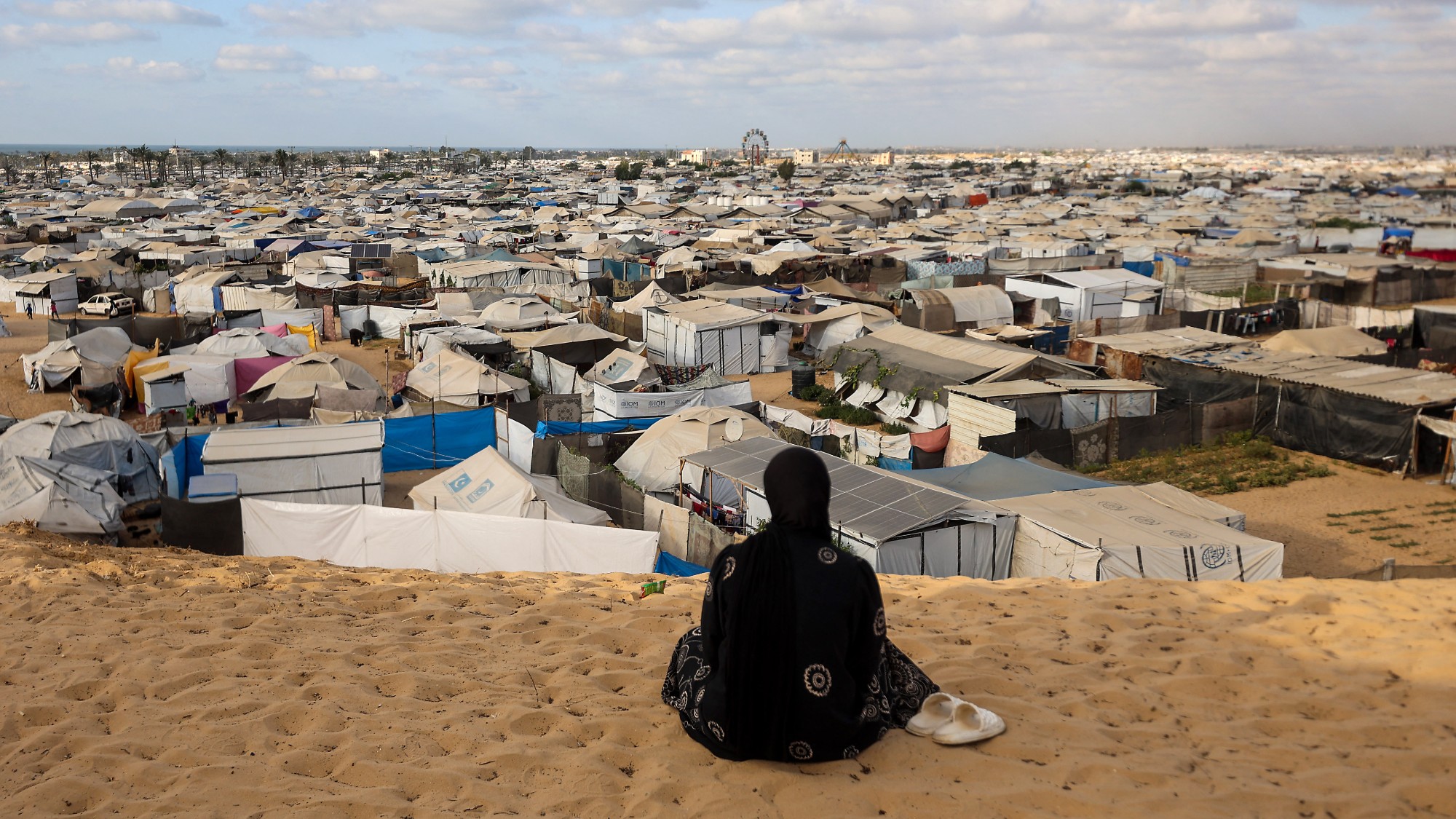
Two years on from the deadly 7 October attacks, an end to the war in Gaza finally appears to be within reach. After endorsing the overall principles behind Donald Trump’s 20-point peace plan, delegations from Israel and Hamas have gathered separately in Egypt to discuss the details with Qatari and Egyptian mediators.
As it stands, “the ‘yes, but’ from Israel and the ‘yes, but for sure’ from Hamas to the president’s 20 points basically reflects still the impossibility right now of reconciling what the Israelis want for an end state and what Hamas does”, Aaron David Miller, a Middle East negotiator for several former US administrations, told PBS.
Here are some of the most pressing questions that need to be resolved:
The Week
Escape your echo chamber. Get the facts behind the news, plus analysis from multiple perspectives.

Sign up for The Week's Free Newsletters
From our morning news briefing to a weekly Good News Newsletter, get the best of The Week delivered directly to your inbox.
From our morning news briefing to a weekly Good News Newsletter, get the best of The Week delivered directly to your inbox.
What will happen to the Israeli hostages?
Under Trump’s plan, all 20 Israeli hostages still thought to be alive in Gaza will be released, along with the remains of another 28 who died in captivity. In return, Israel would release 250 Palestinian prisoners serving life sentences in Israeli jails, as well as 1,700 Gazans detained after 7 October 2023.
This exchange is meant to take place within 72 hours of agreement being reached on the first phase of the plan, effectively serving as an act of goodwill. But “trust between the two sides is virtually non-existent”, said the BBC’s Tom Bennett, and the hostages are Hamas’ “only bargaining chip” so “it’s unclear whether it would be willing to release them before other elements of the deal are finalised”.
Who will run Gaza?
Point 9 of Trump’s plan stipulates that Gaza will be run under the “temporary, transitional governance of a technocratic, apolitical Palestinian committee”, supervised by a “Board of Peace” chaired by the US president and involving former UK PM Tony Blair. It would eventually be handed over to a “reformed” Palestinian Authority.
This is likely to prove the biggest sticking point for both sides. Just last week, Israeli PM Benjamin Netanyahu insisted the PA would not play a part in governing a post-war Gaza – a red line long held by the ultranationalist hardliners who could bring down his government and scupper the deal. Meanwhile, Hamas, which has run Gaza for nearly 20 years, has indicated it expects to have some future role in Gaza as part of "a unified Palestinian movement" – something both Israel and the US have explicitly ruled out.
A free daily email with the biggest news stories of the day – and the best features from TheWeek.com
What will happen to Hamas?
As well as relinquishing any future role in Gaza, the US plan calls for Hamas to fully disarm and “all military, terror, and offensive infrastructure, including tunnels and weapon production facilities” to be destroyed, kicking off a longer “process of demilitarisation” under the supervision of independent monitors.
These have long been “central objectives” for Netanyahu, said The Telegraph, but Hamas has previously said it would only lay down its weapons once a Palestinian state has been established. The Israeli PM said at the weekend that Hamas will be disarmed and Palestine demilitarised “either the easy way or the hard way”.
Will Israel fully withdraw from Gaza?
Point 16 explicitly says that Israel “will not occupy or annex Gaza” and states that, as a temporary International Stabilisation Force led by Arab states “establishes control and stability, the Israel Defence Forces will withdraw, based on standards, milestones, and timeframes”. But this phased withdrawal “would leave Israeli forces deeper in Gaza” than was agreed by Hamas in previous talks on ending the conflict, said The New York Times. And, with the final stage of IDF withdrawal including the establishment of a “security perimeter presence”, there is alarm among Palestinians that the Israel military will never completely leave Gaza.
What could a future Gaza look like?
The resumption of “full aid” deliveries into the Gaza Strip will begin “immediately” upon acceptance of the agreement. In the longer term, a “Trump economic development plan to rebuild and energise Gaza will be created by convening a panel of experts who have helped birth some of the thriving modern miracle cities in the Middle East”.
Only once Gaza’s re-development is advancing and the Palestine Authority’s reform programme has been “faithfully carried out” may the conditions “finally be in place for a credible pathway to Palestinian self-determination and statehood”.
While this remains very much an aspiration contingent on the many “unresolved hurdles” in the peace plan, said The Telegraph, it is “unclear” if Netanyahu “will be able to live with a plan that may open the door to a Palestinian state”.
-
 Can Mike Johnson keep his job?
Can Mike Johnson keep his job?Today's Big Question GOP women come after the House leader
-
 A postapocalyptic trip to Sin City, a peek inside Taylor Swift’s “Eras” tour, and an explicit hockey romance in December TV
A postapocalyptic trip to Sin City, a peek inside Taylor Swift’s “Eras” tour, and an explicit hockey romance in December TVthe week recommends This month’s new television releases include ‘Fallout,’ ‘Taylor Swift: The End Of An Era’ and ‘Heated Rivalry’
-
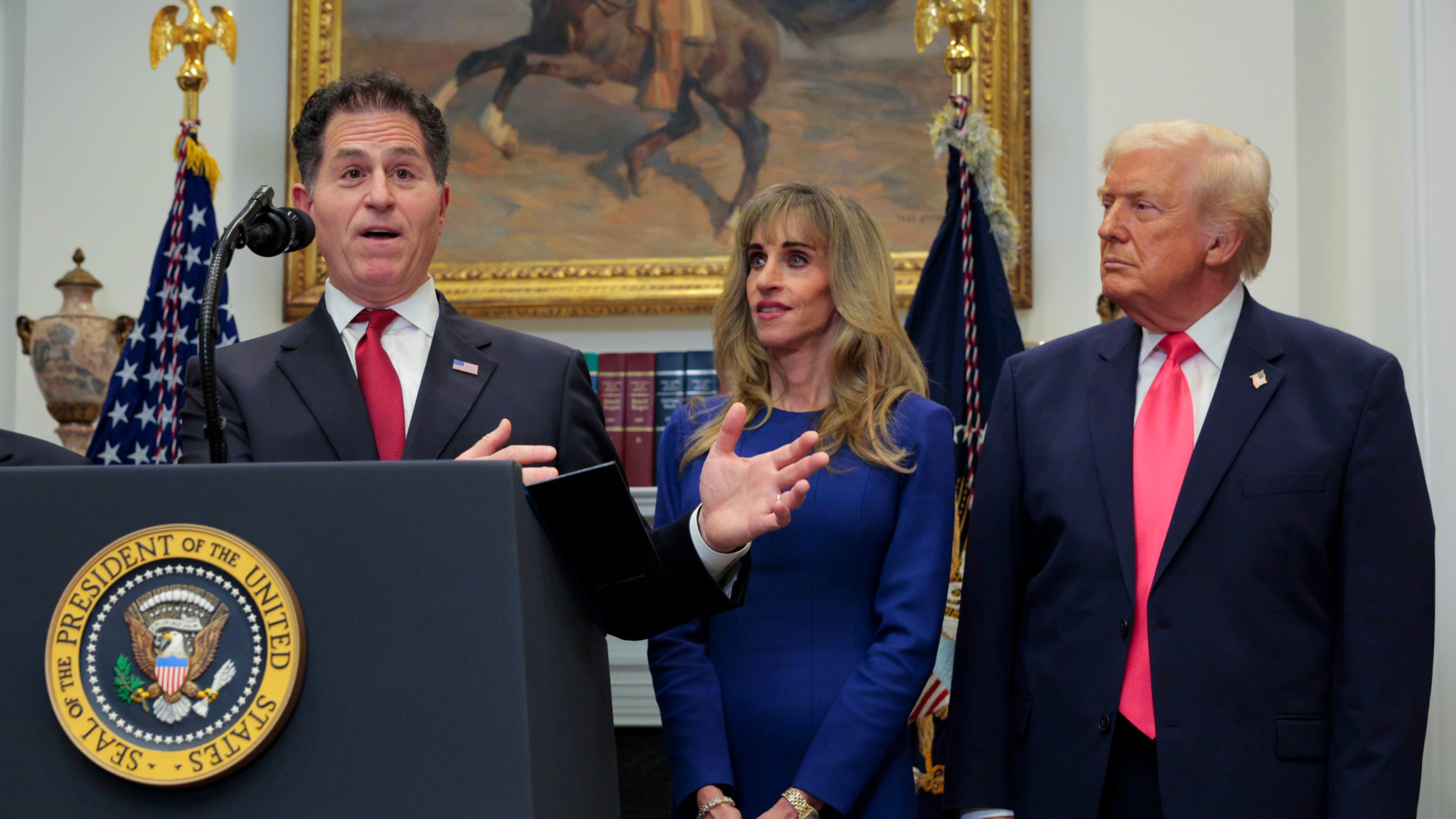 ‘These accounts clearly are designed as a capitalist alternative’
‘These accounts clearly are designed as a capitalist alternative’Instant Opinion Opinion, comment and editorials of the day
-
 ‘These accounts clearly are designed as a capitalist alternative’
‘These accounts clearly are designed as a capitalist alternative’Instant Opinion Opinion, comment and editorials of the day
-
 Boat strike footage rattles some lawmakers
Boat strike footage rattles some lawmakersSpeed Read ‘Disturbing’ footage of the Sept. 2 attack on an alleged drug-trafficking boat also shows the second strike that killed two survivors who were clinging to the wreckage
-
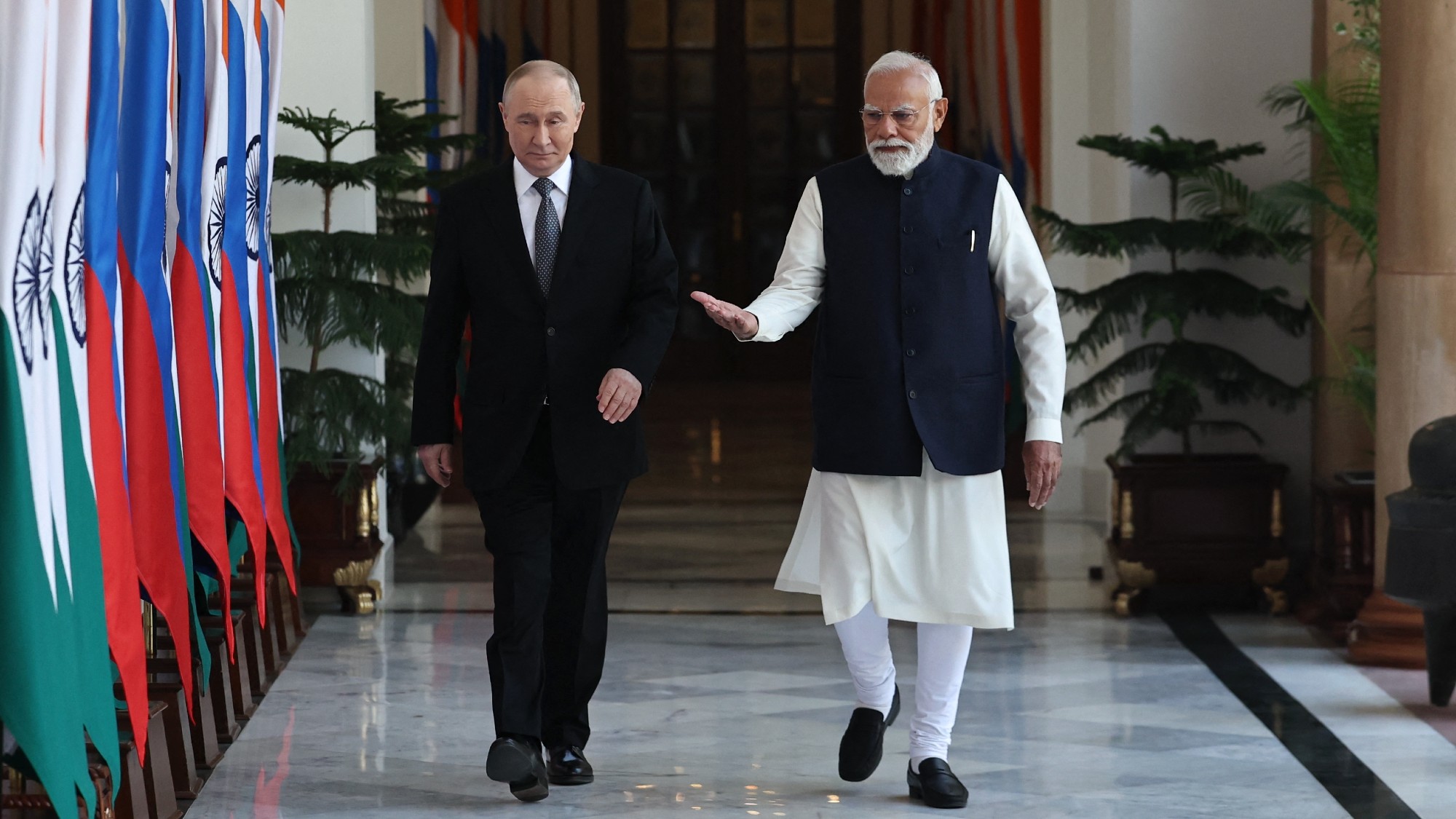 Is a Putin-Modi love-in a worry for the West?
Is a Putin-Modi love-in a worry for the West?Today’s Big Question The Indian leader is walking a ‘tightrope’ between Russia and the United States
-
 ‘They’re nervous about playing the game’
‘They’re nervous about playing the game’Instant Opinion Opinion, comment and editorials of the day
-
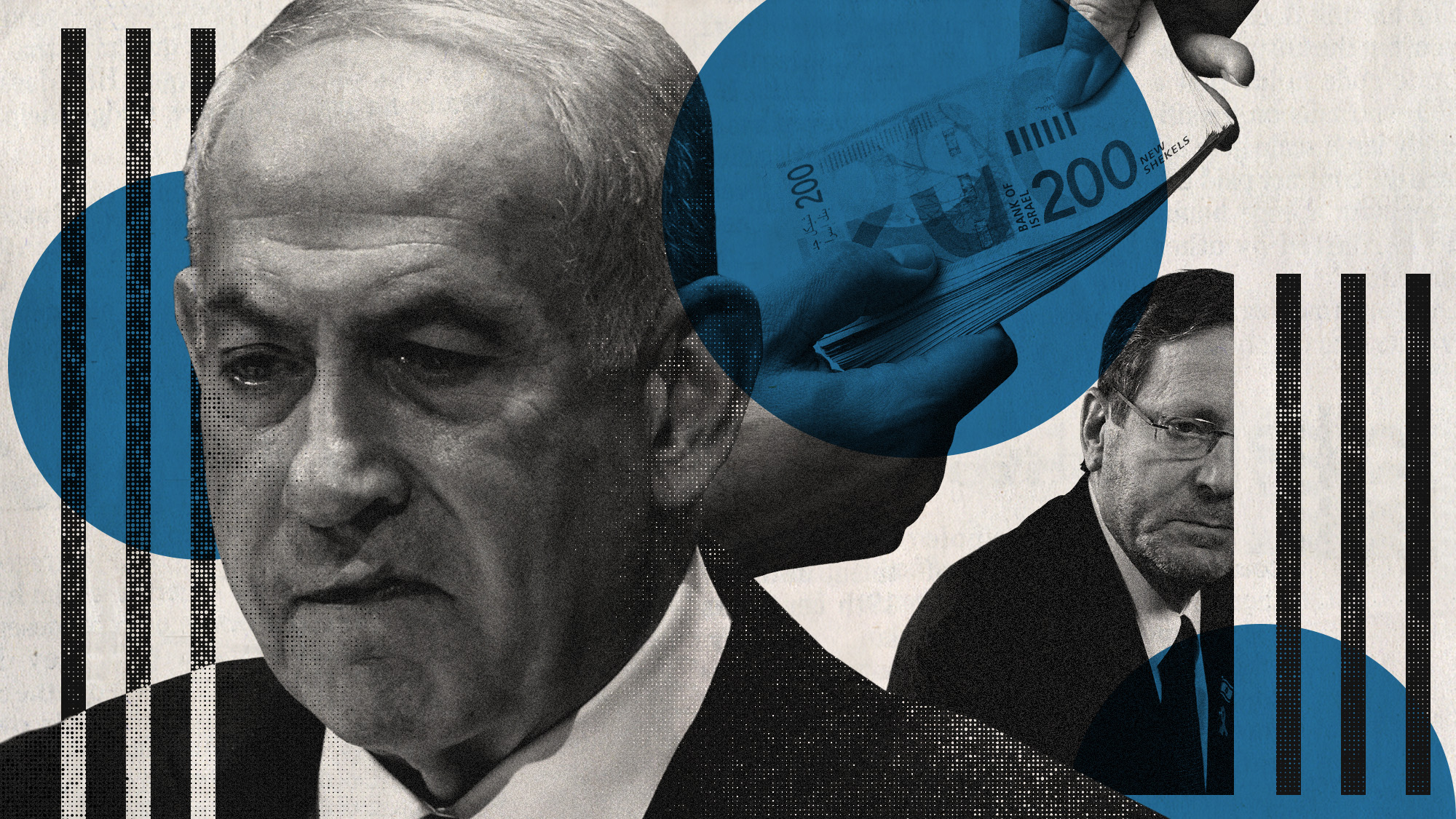 Will Netanyahu get a pardon?
Will Netanyahu get a pardon?Today's Big Question Opponents say yes, if he steps down
-
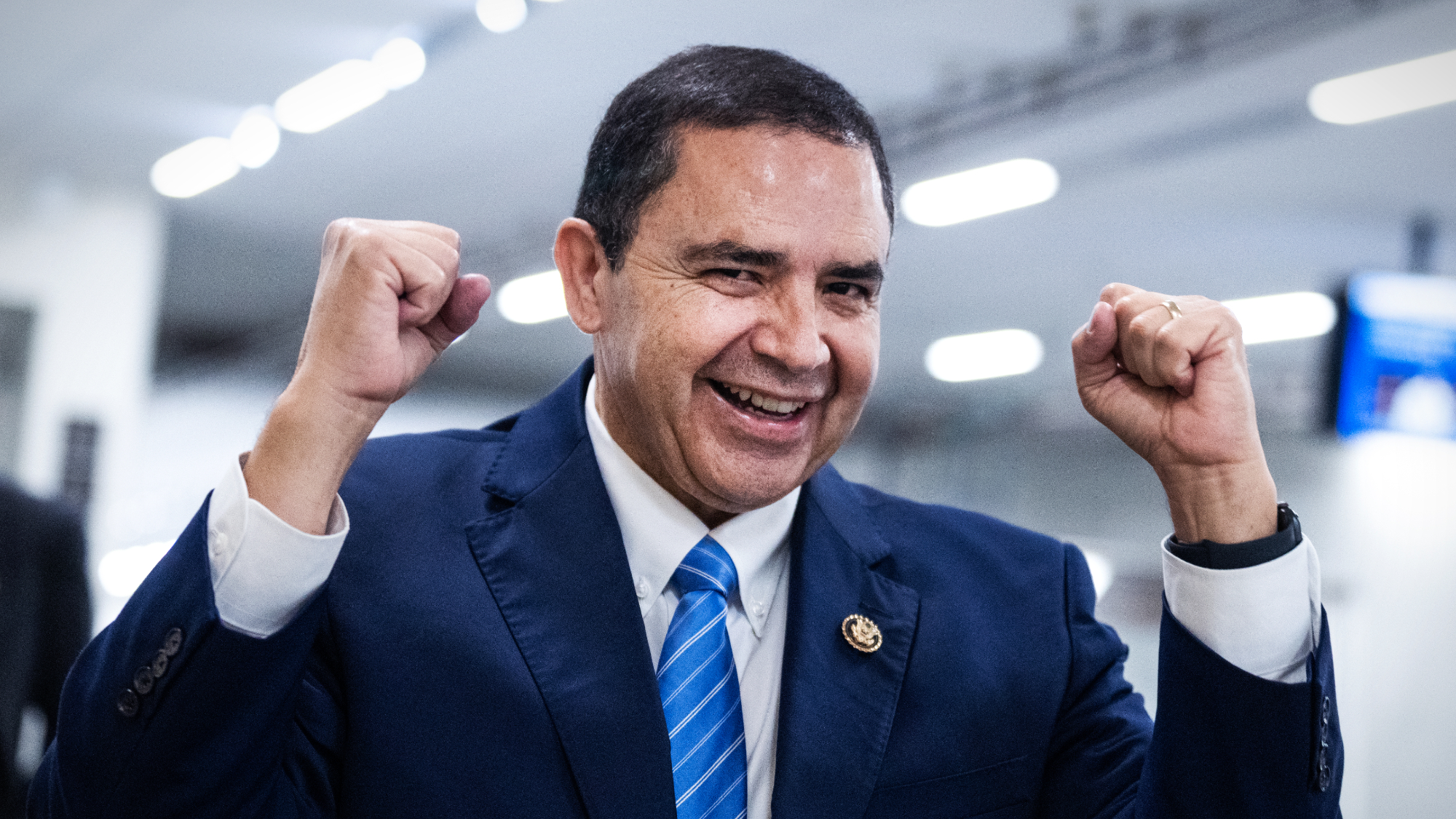 Trump pardons Texas Democratic congressman
Trump pardons Texas Democratic congressmanspeed read Rep. Henry Cuellar was charged with accepting foreign bribes tied to Azerbaijan and Mexico
-
 ‘It is their greed and the pollution from their products that hurt consumers’
‘It is their greed and the pollution from their products that hurt consumers’Instant Opinion Opinion, comment and editorials of the day
-
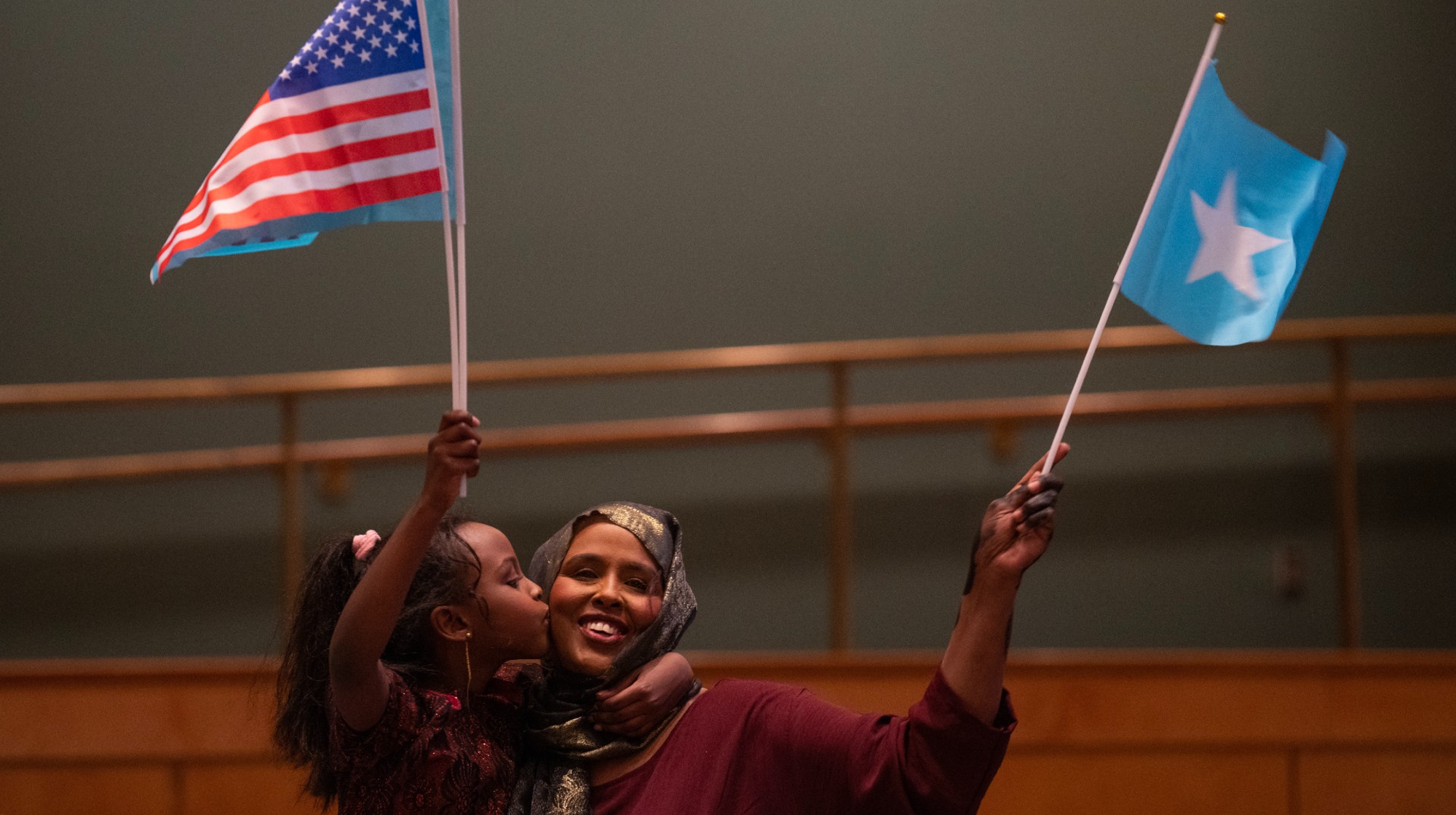 Trump targets ‘garbage’ Somalis ahead of ICE raids
Trump targets ‘garbage’ Somalis ahead of ICE raidsSpeed Read The Department of Homeland Security will launch an immigration operation targeting Somali immigrants in the Minneapolis-St. Paul area